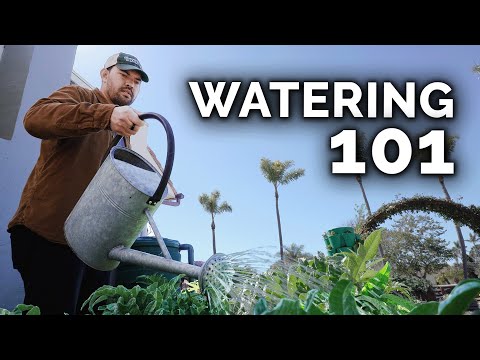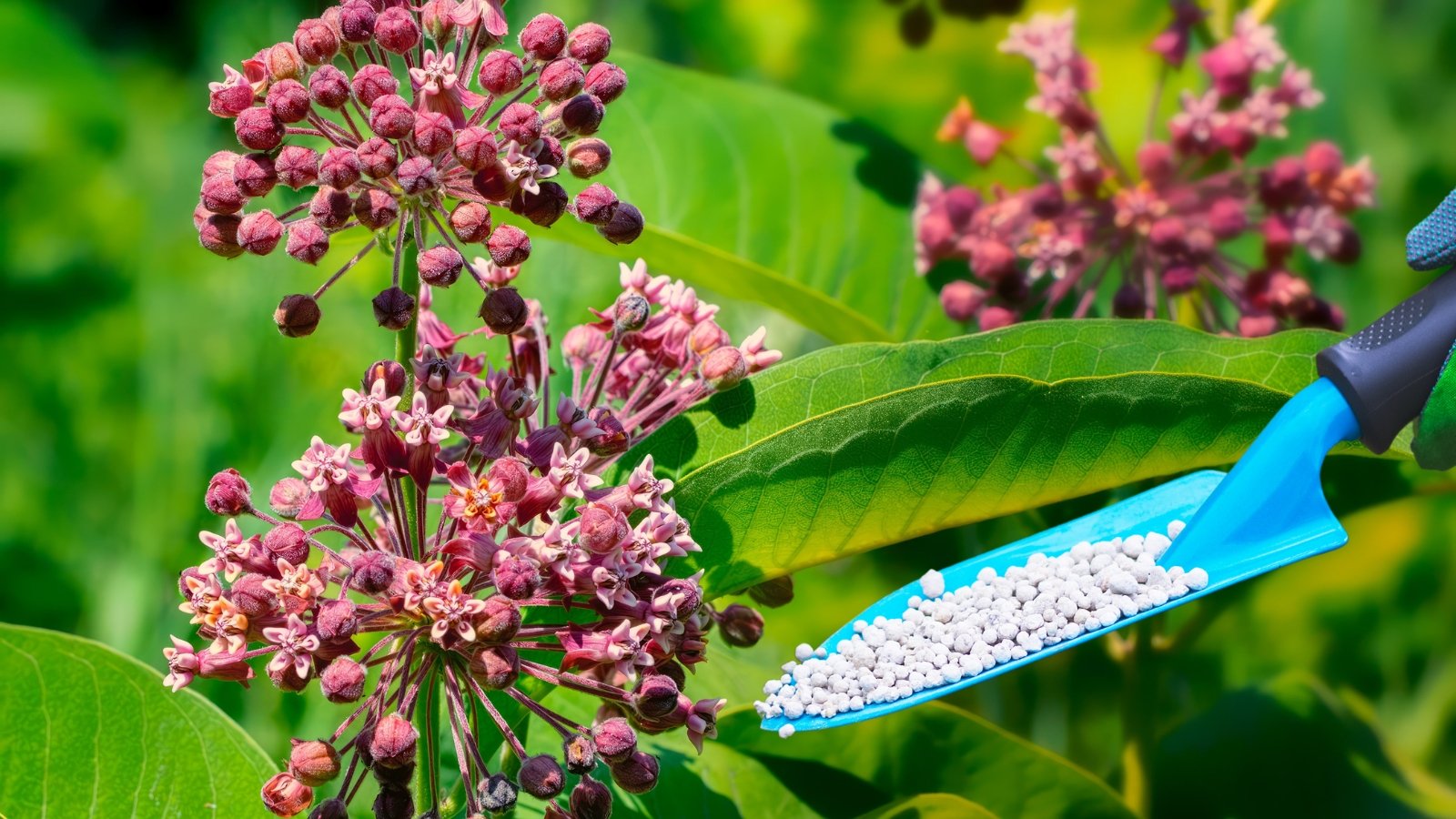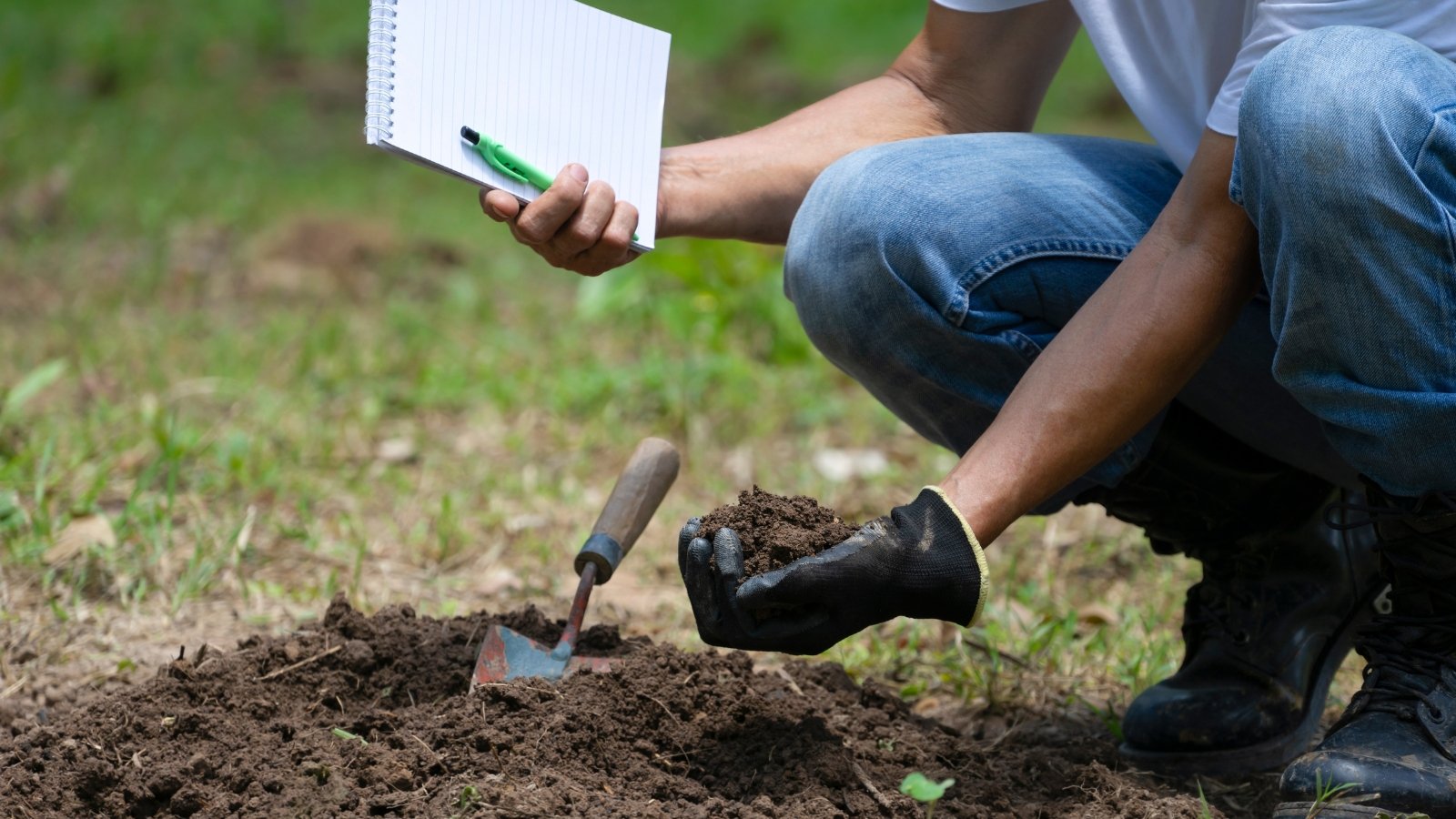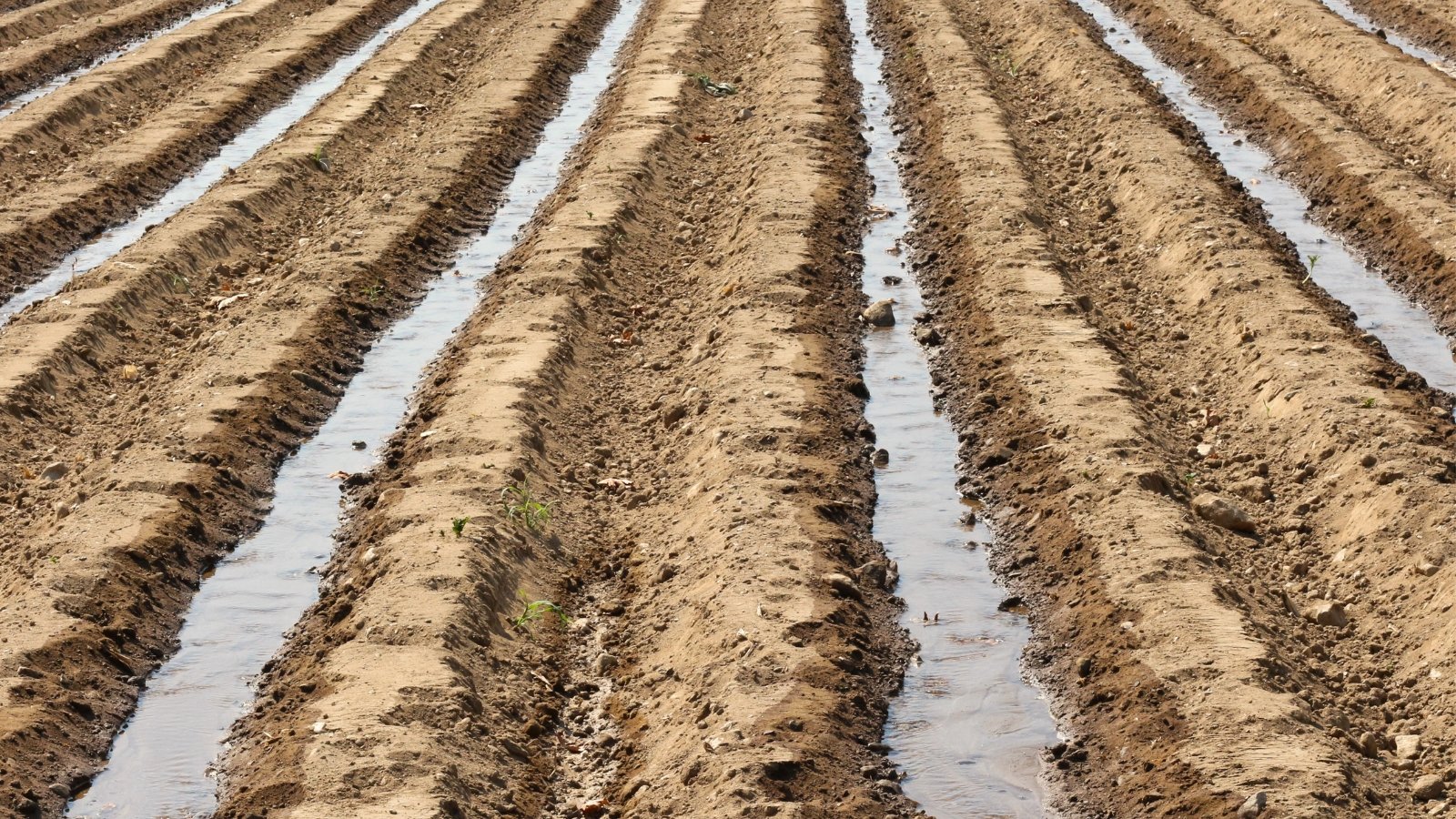
Strategies to Cease Soil Leaching throughout the Yard: 6 Expert Ideas
Not all fertilizers hold throughout the soil. Leaching is the strategy of contaminants washing out of soil and into waterways. This isn’t solely wasteful to your pocketbook and harmful to your yard crops, nevertheless it could even be terribly damaging to native ecosystems.
In its place of staying in plant root zones, most leached nitrogen (and totally different compounds like phosphorus and potassium) flows into waterways, contributing to devastating algae blooms and ineffective zones all by way of the Mississippi River Basin and Gulf of Mexico. To cease environmental damage, we wish fertilizers to stay throughout the soil the place crops can use them.
Sandy soils in high-rainfall areas have the very best risk for leaching, nevertheless any grime may very well be inclined if it has poor development, damage from tilling, or an absence of pure matter. Let’s uncover learn the way to forestall leaching in your yard and protect fertilizers the place they belong.
The Fast Reply
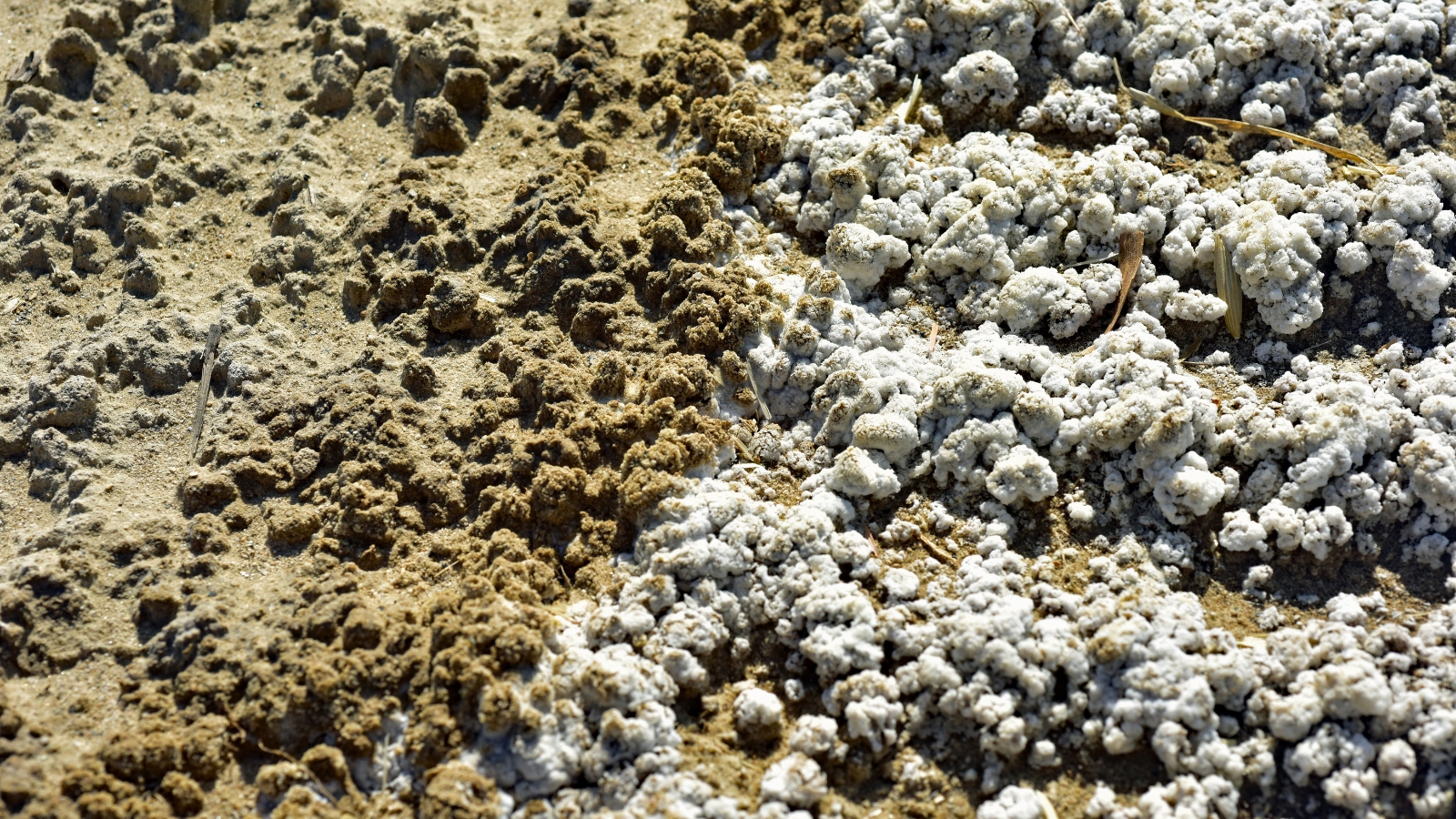

Leaching is when water flushes fertilizer nutritional vitamins and totally different substances out of the soil. Excessive rainfall or irrigation can “flush” nutritional vitamins out of plant root zones, shifting these contaminants into groundwater, streams, rivers, and lakes. This phenomenon is a major motive behind algal blooms and the Lifeless Zone throughout the Gulf of Mexico. It moreover dramatically reduces yard yields, stripping soil of its fertility and dropping money used on fertilizer merchandise.
It’s possible you’ll forestall leaching by:
- Avoiding further fertilizer or overfeeding
- Swapping synthetic nitrogen fertilizers for pure, slow-release fertility
- Rising pure matter with compost, manure, mulch, and cover crops
- Guaranteeing mounted plant cowl by sustaining residing roots throughout the ground
- Not at all leaving bare grime throughout the yard
- Using mulch, akin to leaves, straw, or compost
- Avoiding overwatering
- Reducing or eliminating tillage
- Using perennial groundcover in pathways
- Plant perennial herbs, shrubs, and bushes
The Prolonged Reply
Not each little factor you set in your soil will stick spherical for prolonged, and together with fertilizer would not indicate nutritional vitamins will hold throughout the ground in your crops to uptake. It is as a result of the belowground ecosystem is persistently altering with publicity to water, air, minerals, roots, and microorganisms.
Water is very extremely efficient on account of it has the pliability to clean provides out of the soil, draining these soluble chemical substances or minerals into groundwater, streams, and rivers. A discharge of water-soluble fertilizers and chemical substances may very well be extraordinarily harmful to aquatic ecosystems and water reservoirs that folks rely on for hydration. With a view to forestall contaminated waterways and protect plant nutritional vitamins in your yard, you must understand what causes leaching and learn the way to forestall it.
The Draw back With Leached Nutritional vitamins
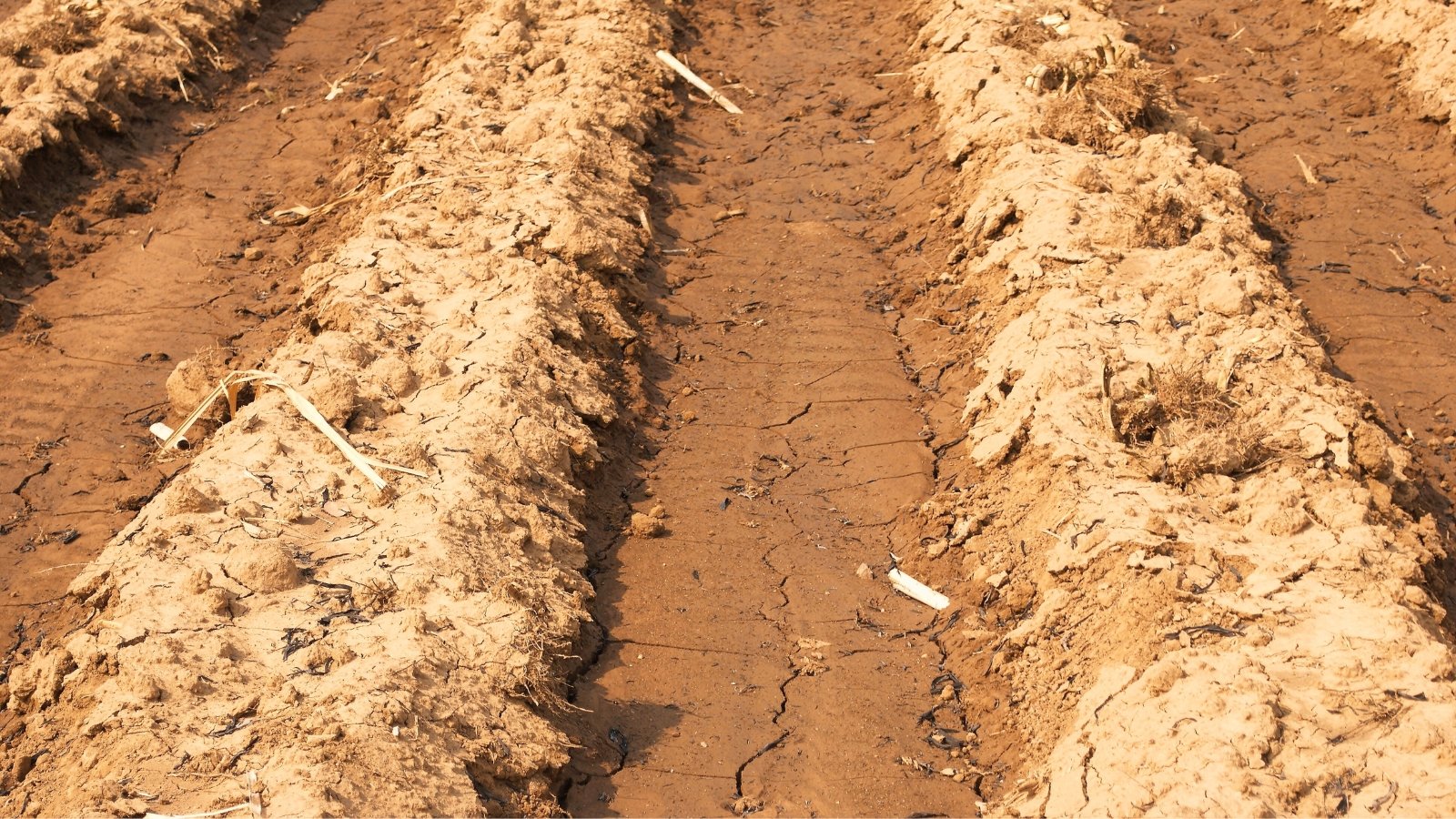

Additional nutritional vitamins, poor soil development, and quite a few moisture are a recipe for ecological disaster. When water rushes by the use of degraded ground, water-soluble fertilizers and chemical substances are flushed away with it.
Fertilizer air air pollution is most notably linked to the Lifeless Zone throughout the Gulf of Mexico. That’s the place an accumulation of nitrogen and phosphorus runoff has concentrated throughout the ocean, inflicting an overgrowth of algae. When algal blooms kind on the ground, they shortly use the entire oxygen throughout the water, inflicting a hypoxic (low-oxygen) zone throughout the water beneath. Consequently, enormous portions of fish, coral, and aquatic mammals die.
Nonetheless, there are far more points associated to contaminants that get washed out of the grime. When all these minerals and contaminants motion into the groundwater, crops are left with out fertility of their root zone and native waterways develop to be polluted with soluble nutritional vitamins. As you probably can take into consideration, this creates a substantial amount of points for individuals, crops, and the rest of the ecosystem.
The biggest points introduced on by leaching embrace:
- Lack of crop productiveness
- Nutrient deficiencies in crops
- Low soil fertility
- Worsening erosion
- Monetary loss from ineffective fertilizers
- Waterway contamination
- Ingesting water air air pollution
- Algae blooms
- Aquatic dieoff
Causes
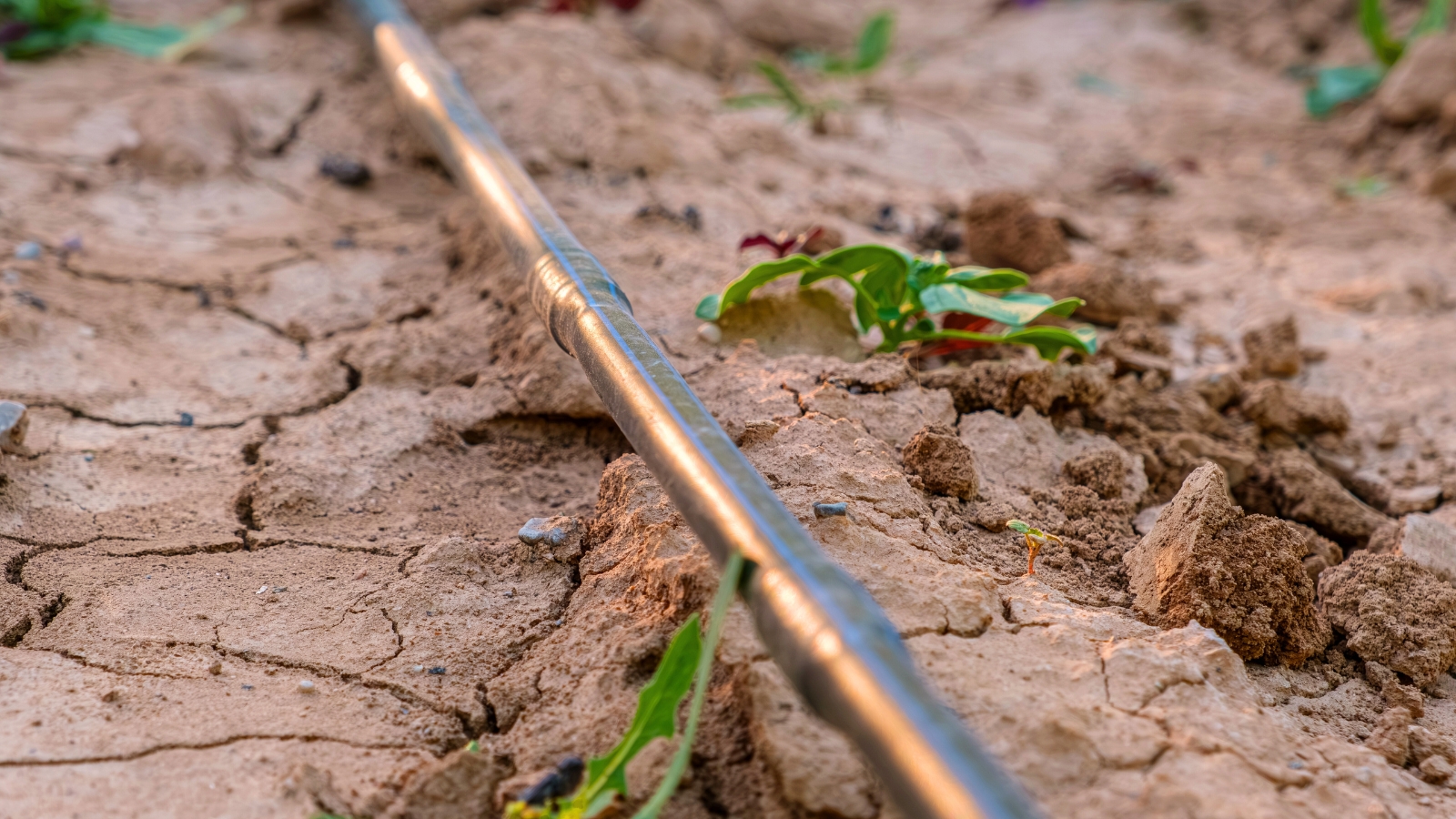

Leaching is introduced on by a triple danger of factors:
- Additional nutritional vitamins (notably synthetic soluble fertilizers)
- Poor soil development (notably barren, intently disturbed, sandy ground)
- A great deal of moisture (rainfall or irrigation)
When these factors converge, it causes nutritional vitamins to flee our gardens and depart crops poor of many nutritional vitamins. Nitrogen, potassium, and phosphorus are basically probably the most typically leached macronutrients. Nonetheless, micronutrients like calcium, magnesium, and boron may also leach.
Many crops wrestle with deficiencies of these nutritional vitamins on account of the soil has a more durable time “holding on” to them. Water-soluble minerals merely dissolve into pockets of water throughout the soil reply, they often can get flushed out over time, or when numerous water is poured into the underside immediately.
Completely different major causes of leaching embrace:
If there is a lack of decomposed plant or animal matter (humus), the soil will wrestle to hold onto nutritional vitamins. Pure matter like compost is negatively charged, which suggests it attracts positively charged nutritional vitamins like a magnet. When these nutritional vitamins don’t have a “magnet,” they float into moisture pockets, making them further weak to washing away.
Clay particles are moreover negatively charged, which suggests they enchantment to and preserve positively charged cations like nitrogen, potassium, calcium, and magnesium. If the underside may very well be very sandy, or lacks clay and pure matter, then it has a largely internet optimistic value. Like magnets, the positively charged soluble nutritional vitamins will fail to “join” to totally different positively charged particles.
When yard beds are left barren for prolonged durations, the uncovered soil turns into extra weak to leaching. With out roots, cowl crops, or ground cowl to cowl the ground and preserve the particles in place, water erosion washes away soil and any nutritional vitamins which is likely to be in it.
Large portions of rainfall, akin to giant storms, might trigger nice leaching. In areas with frequent rainfall, similar to the tropics, you may usually uncover intently leached nutrient-poor soils with a pink shade. The pink hue occurs on account of rainfall washes away lots of the minerals, forsaking iron oxides.
Anyone who has raised houseplants doable confronted overwatering factors in the end. When an extreme quantity of irrigation flows by the use of a pot, it carries away minerals with it out of the pot, leaving crops poor. The similar points with further irrigation can occur in lawns and gardens, apart from the water flows into the underside and shut by streams or rivers.
Rototilling and aggressive disturbance harm the belowground development by degrading pure matter and lowering the number of particles. With out the intricate constructions and microbial “glues” to hold soil collectively, minerals are further vulnerable to washing out.
Strategies to Cease It
All refined soil science aside, stopping leaching is unquestionably large simple. Whether or not or not you might need an edible raised mattress yard, flower pots, ornamental beds, or a backyard, these steps can assure nutrient retention and fewer air air pollution out of your panorama.
Improve Soil Pure Matter
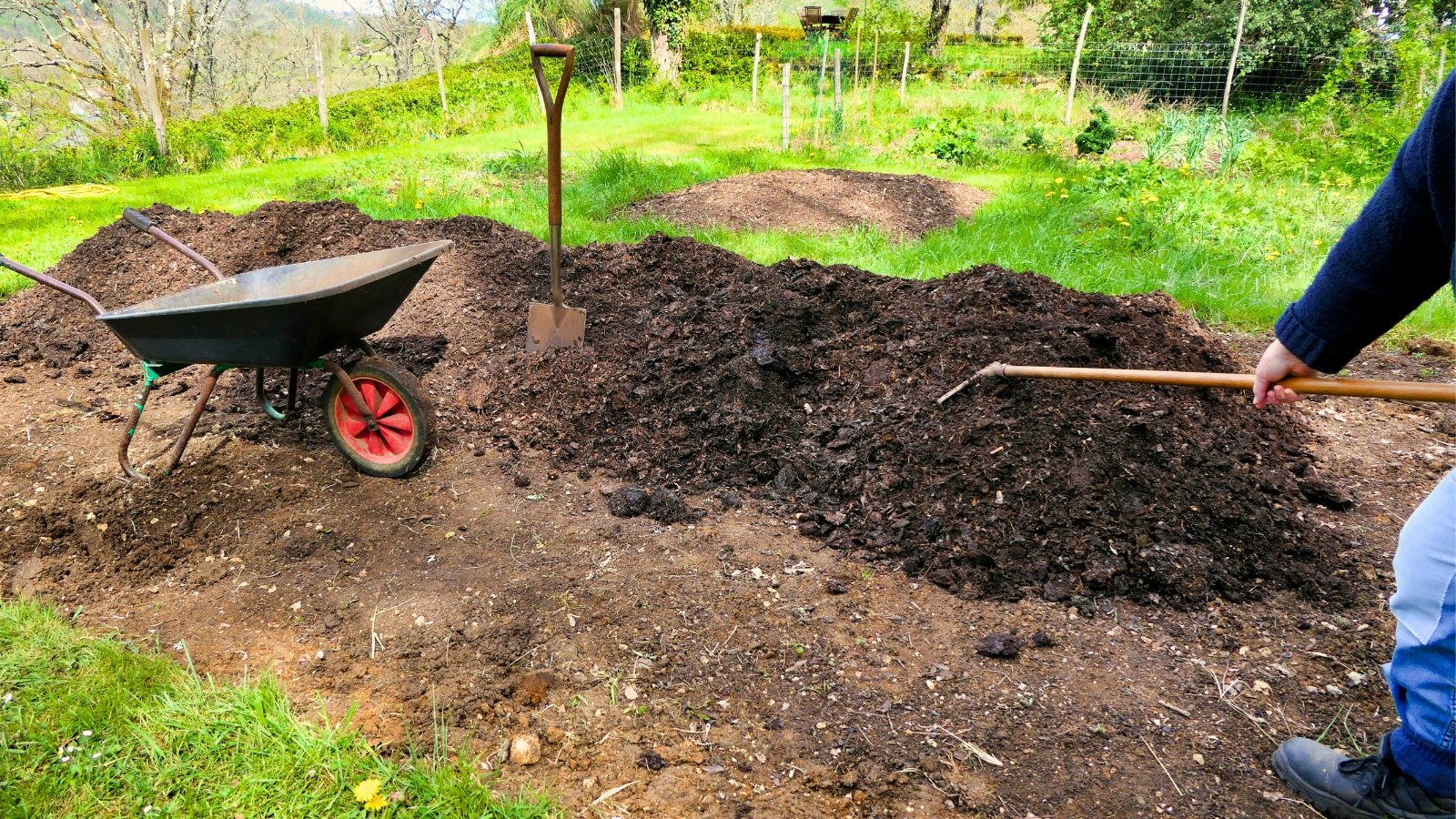

The perfect issue you’ll be able to do for the belowground ecosystem is add pure matter! Compost is called “black gold” for a motive. Decomposed plant and animal provides enrich the grime with crucial microorganisms that help create development beneath the ground. This consists of elaborate clay matrixes, fungal “glues”, and bacterial habitats that really help preserve onto important minerals throughout the root zone.
Sandy and degraded soil is actually probably the most weak to leaching. You need to use compost, peat moss, manure, mulch, and leaf litter to shortly improve the development and protect minerals “locked in” with surrounding particles. This can even improve whole plant effectively being and water retention, which suggests a lot much less drought stress and higher yields!
Steer clear of Overfertilizing
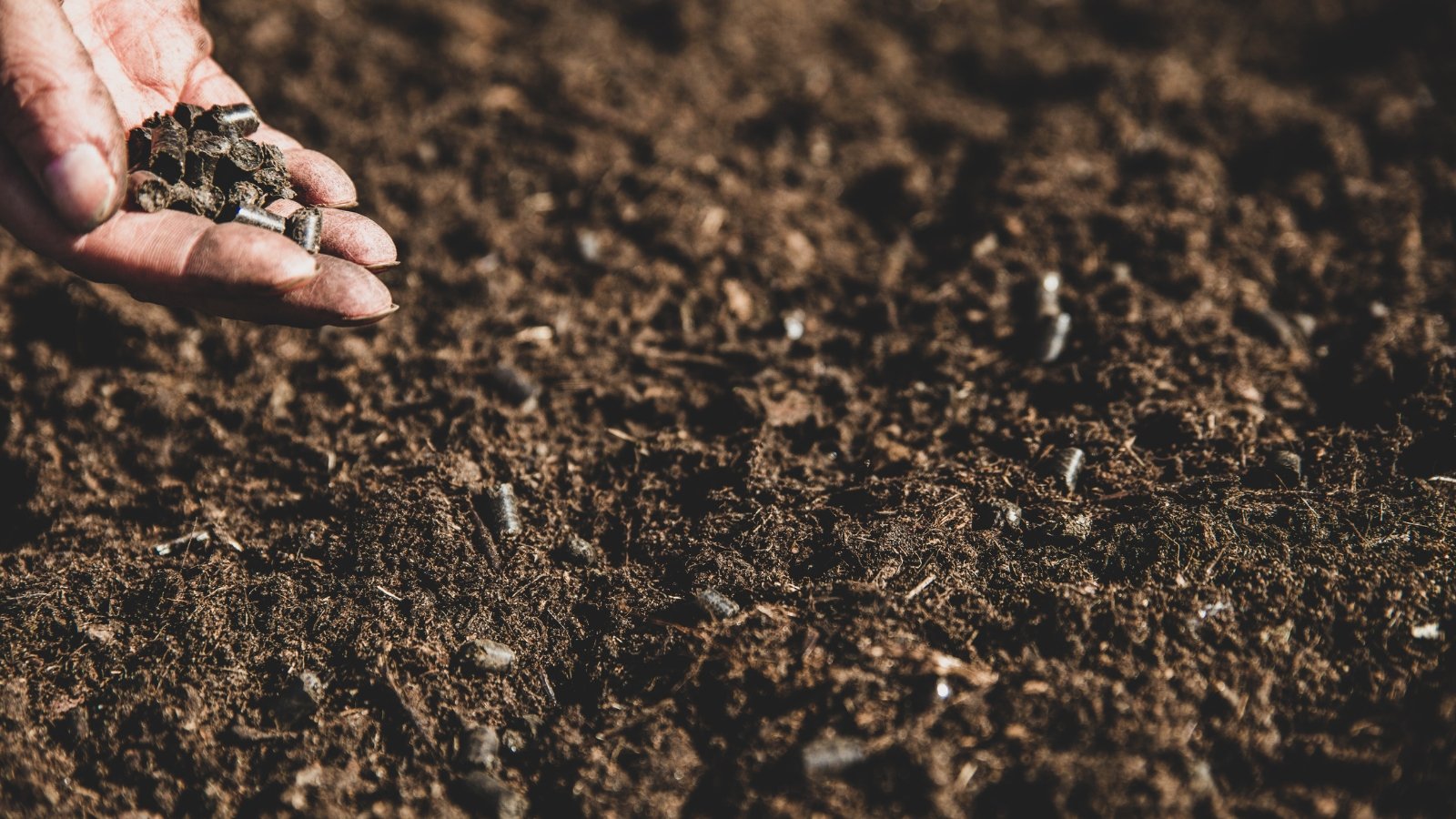

No individual can eat nonstop. If there could also be an extreme quantity of fertilizer, your crops won’t have the time or vitality to uptake it and use it. Overfertilizing ends in extreme ranges of unused fertility which will merely get flushed out. When together with fertilizer merchandise, it’s loads higher to air on the aspect of warning. Feed decrease than you assume. It’s possible you’ll on a regular basis add further later, nevertheless you probably can’t take it out.
Steer clear of Synthetic Quick-Launch Fertilizers
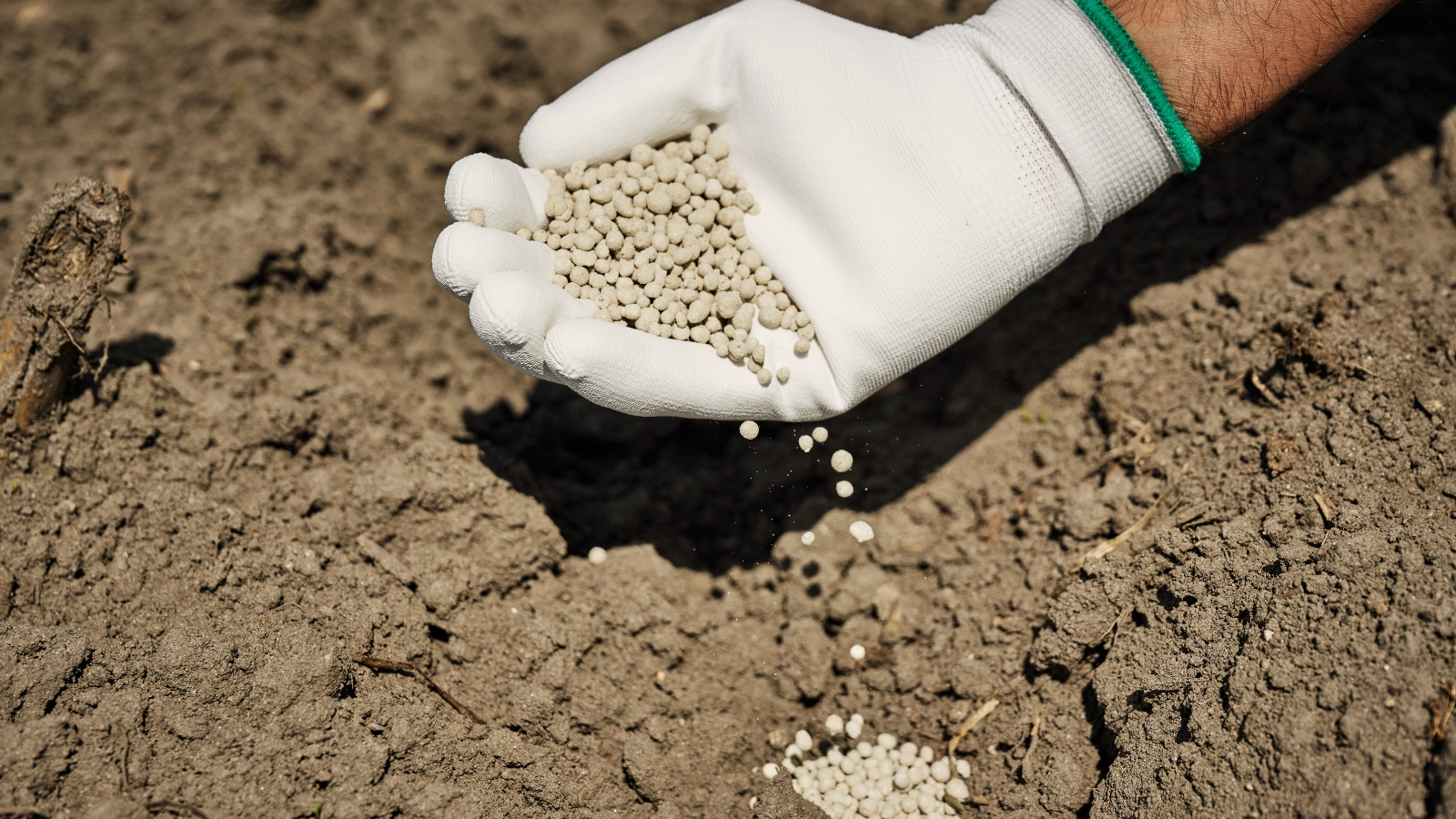

Speedy-release synthetic fertilizers are extraordinarily water soluble and plant obtainable. This means they’re extra vulnerable to leaching! Pure gardeners already steer clear of synthetic merchandise to ensure the effectively being of their yard ecosystems, nevertheless proper right here is another reason to steer clear of these fertilizers: they’ll severely contaminate waterways!
Synthetic nitrate air air pollution from quick-release fertilizers is a worldwide air air pollution concern. Evaluation reveals that decrease than 50% of the utilized synthetic nitrogen is unquestionably utilized by crops. The remaining turns into air air pollution in waterways, which kills wildlife and harms our freshwater property!
To steer clear of contributing to this concern, choose slow-release pure fertilizers. These merchandise is not going to be as shortly obtainable to crops, and they are much much less water soluble. Due to this they require microbial decomposition to recurrently develop to be obtainable over time. In its place of megadosing crops with a ton of nutritional vitamins immediately, slow-release fertilizers current prolonged lasting nourishment that sticks spherical throughout the soil profile.
Use Mulch
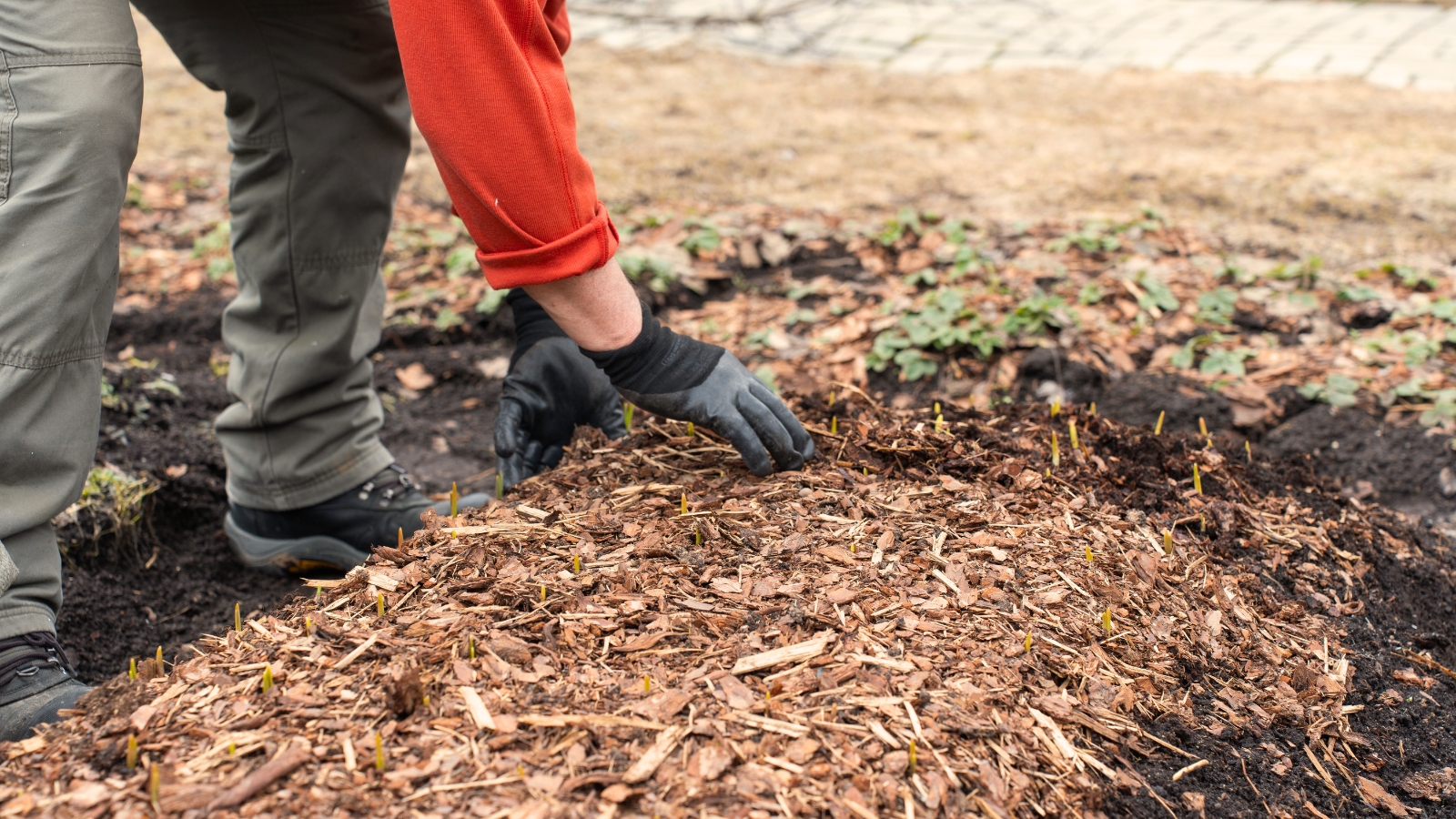

Straw or leaf mulch is crucial for safeguarding the ground of yard beds. You under no circumstances want to yard naked! This doesn’t have one thing to do with what you placed on—it’s about your soil. Not at all depart it naked or barren!
Mulch is type of a defending layer that buffers the fragile grime from intense daylight and rainfall. This pure supplies helps preserve particles in place whereas slowly decomposing and enriching the soil with further regular nutritional vitamins that obtained’t wash away.
Steer clear of Overwatering
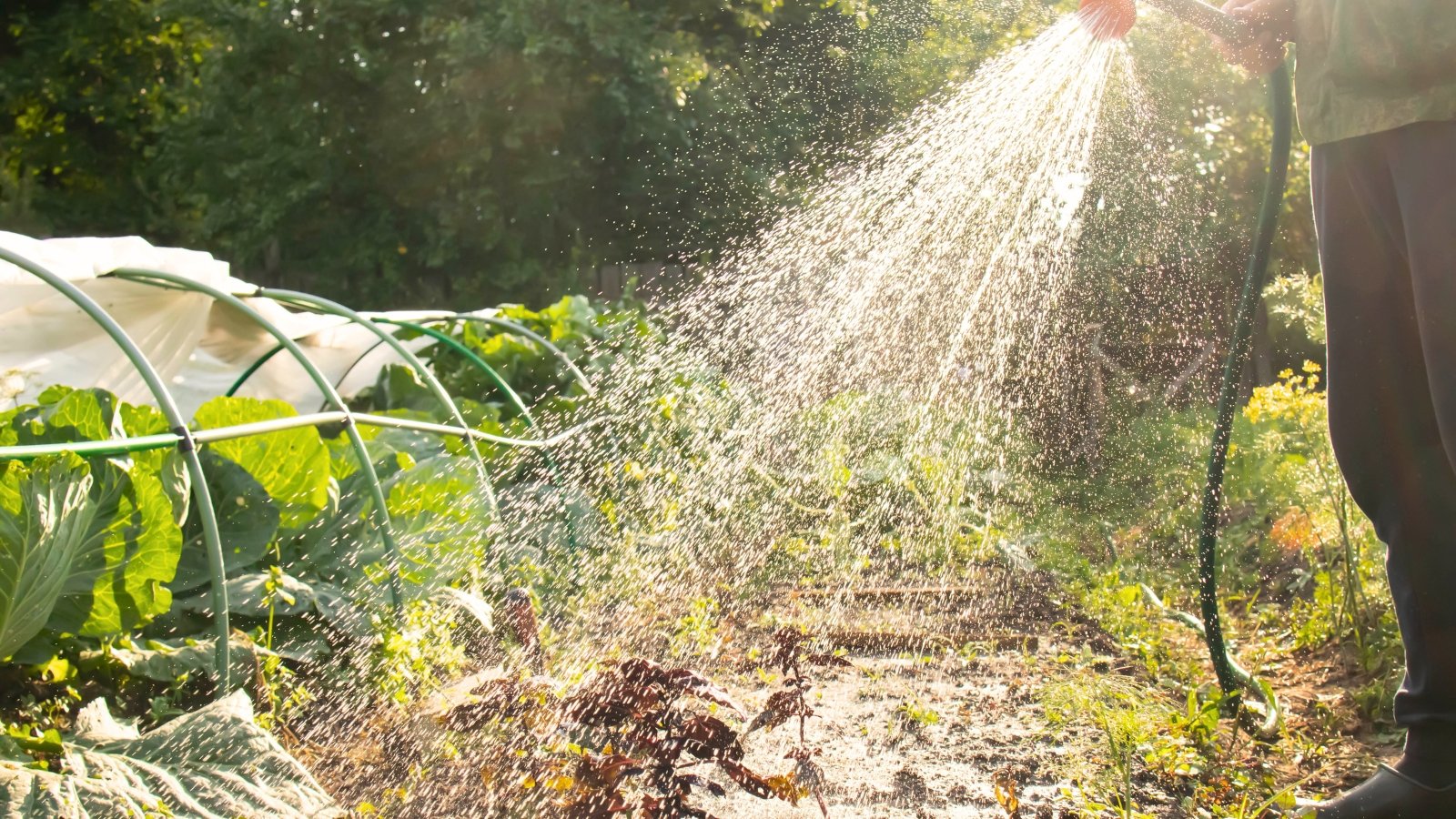

Excessive irrigation might trigger many factors, along with leaching, root rot, compaction, and fungal illnesses. If the underside is oversaturated, you may uncover yellow, droopy, or sick crops that truly don’t want to sit in soggy beds.
The reply is to on a regular basis confirm the moisture sooner than watering. If the underside is already moist quite a few inches down, you probably can let it dry out one different day or two sooner than irrigating as soon as extra. Ideally, the soil must under no circumstances actually really feel wetter than a wrung-out sponge. Soggy ground shortly flushes away fertilizers.
For those who occur to usually overlook to indicate off your irrigation, spend cash on a timer or try a definite system which will forestall you from saturating an area. Whereas we cannot administration the rain, we are going to administration how loads moisture comes out of the hose or irrigation strains!
Cease Runoff


Runoff is fastidiously linked to leaching. It occurs when flowing water sorts miniature-streams and tributaries by the use of your yard or walkways. The most effective resolution to forestall that’s by watching the slope of your yard, and designing accordingly. Protect your pathways lined, in its place of leaving bare grime. As a bonus, your boots will get a lot much less muddy.
For those who occur to find a major slope or an area the place grime and moisture are accumulating, use picket chips, mulch, or rock to gradual the motion of water in that path. Slower motion means a lot much less dashing movement by the use of the panorama. This may assist protect nutritional vitamins throughout the area longer, allowing crops to uptake them sooner than they leach out.
Key Takeaways
Most pure, no-till, and regenerative rising methods naturally help to cut back leaching. For those who want to defend waterways and assure your pricey fertilizers are utilized by crops, consider to:
- Lower tillage and disturbance
- Use pure slow-release merchandise
- Steer clear of synthetic quick-release fertilizers
- Steer clear of overwatering
- Add compost and pure matter
- Use mulch
- Protect pathways lined
- Enrich sandy soils
[ad_2]
Provide hyperlink
